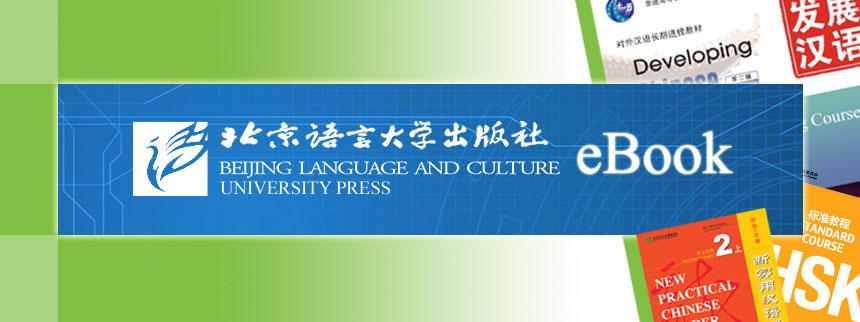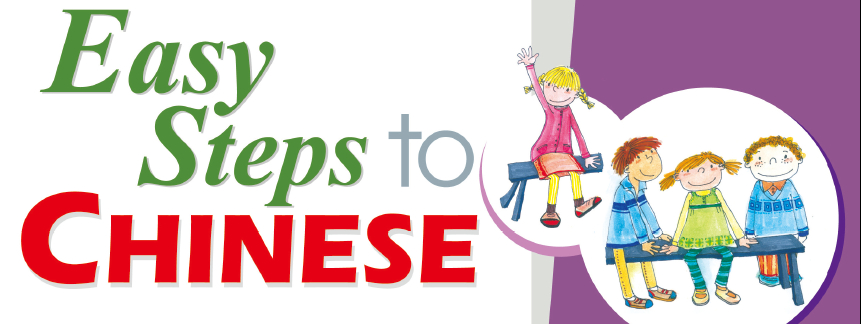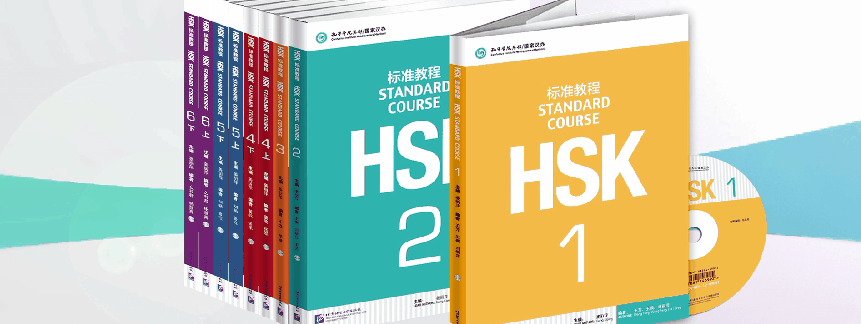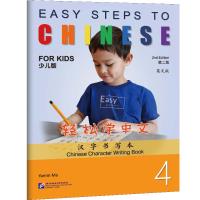Online Bookstore
- Easy Steps to Chinese for Kids (2nd Edition) Chinese Character Writing Book 3
- Easy Steps to Chinese for Kids (2nd Edition) Chinese Character Writing Book 2
- Easy Steps to Chinese for Kids (2nd Edition) Chinese Character Writing Book 1
- Online Reading (Non-downloadable): Easy Steps to Chinese for Kids (2nd Edition) Workbook 4
- Online Reading (Non-downloadable): HSK Standard CourseEasy Steps to Chinese for Kids (2nd Edition) Textbook 4
- Online Reading (Non-downloadable): Easy Steps to Chinese for Kids (2nd Edition) Workbook 3
Easy Steps to Chinese for Kids (2nd Edition) Chinese Character Writing Book 4
Author:Yamin Ma
- Medium:Books
- ISBN: 9787561965825
- Page Count: 38
- Size:285 × 210 mm
- Pub Date:2024-06
- The book weight: 100 g
- Annotation Language:
- Course:Non-textbook
- Target Audience(Age):Primary School
- Target Audience(Language):
- The Series: Easy Steps to Chinese for Kids (2nd Edition)
- Price:
-
Category: Readers & Supplements >Supplements














